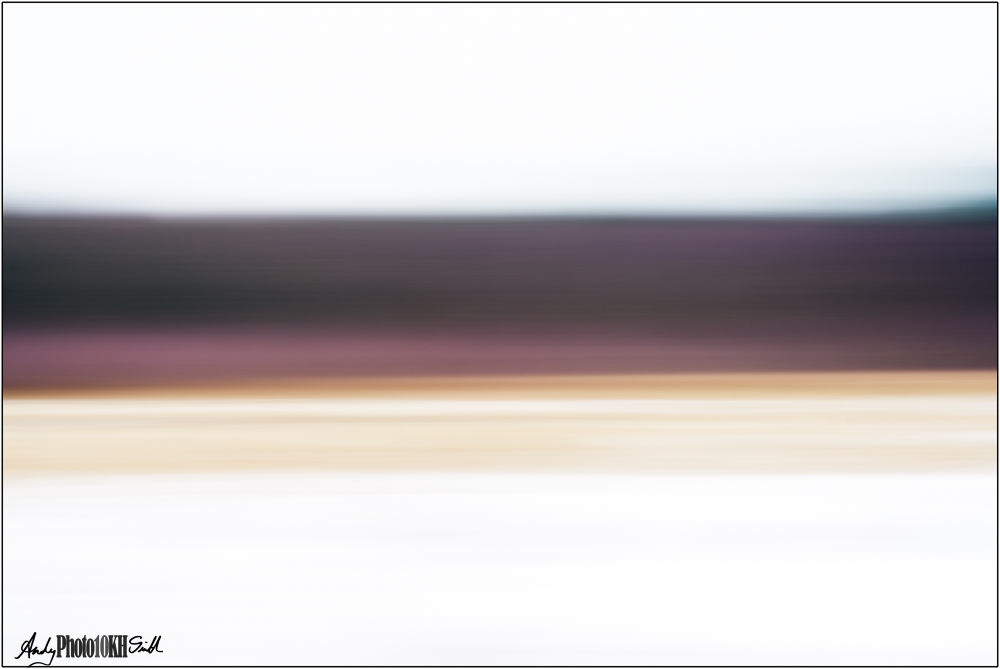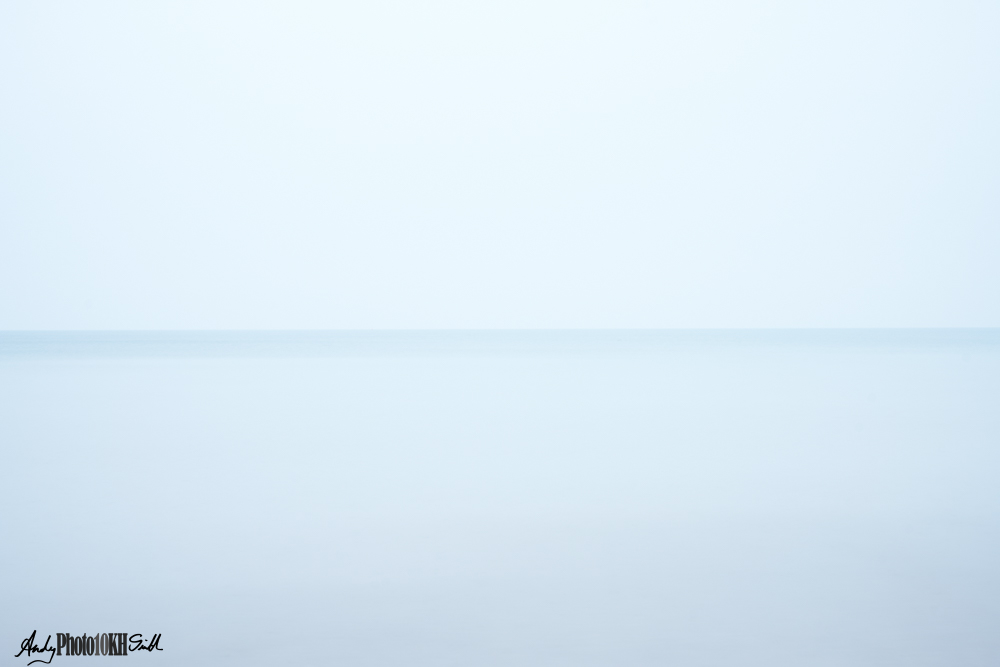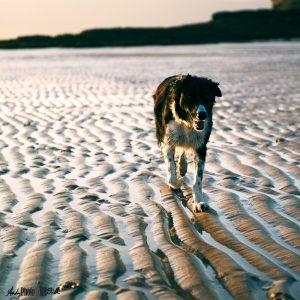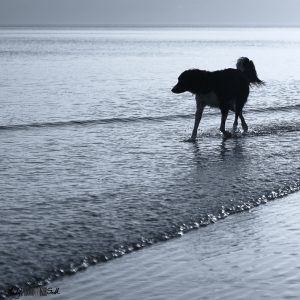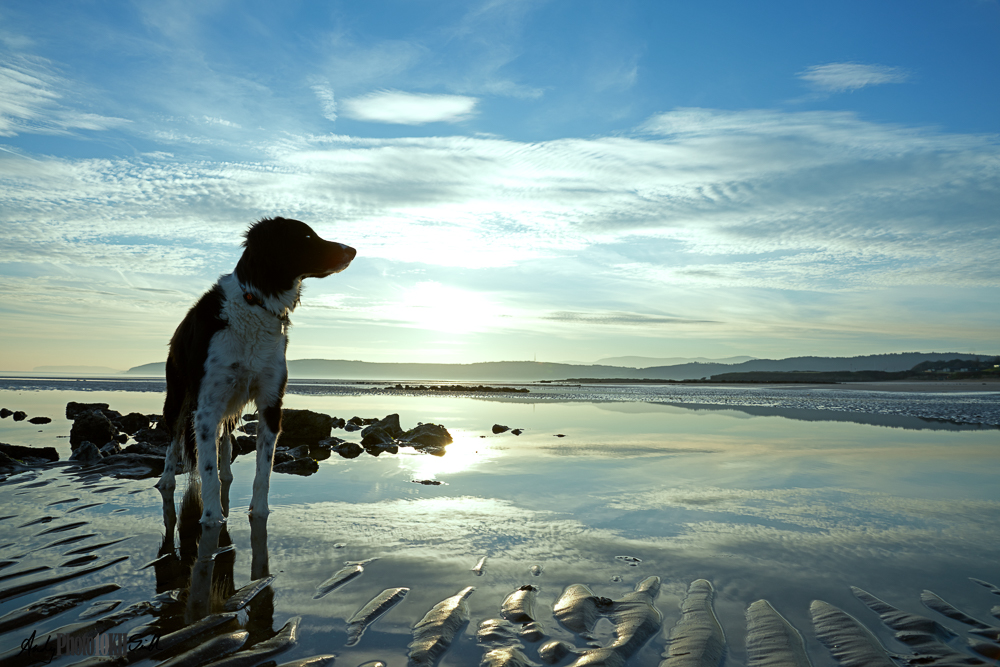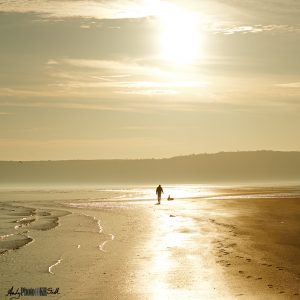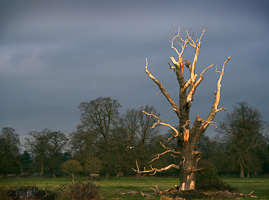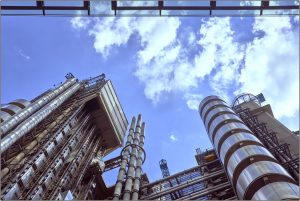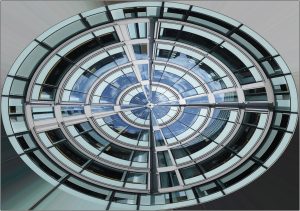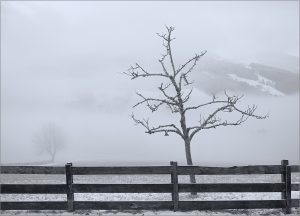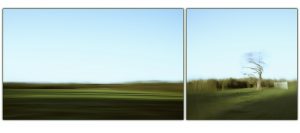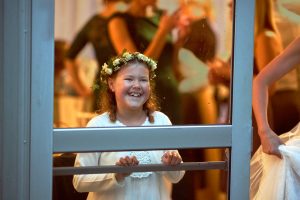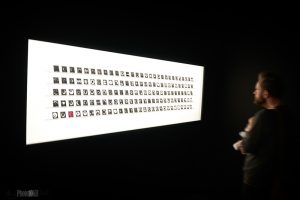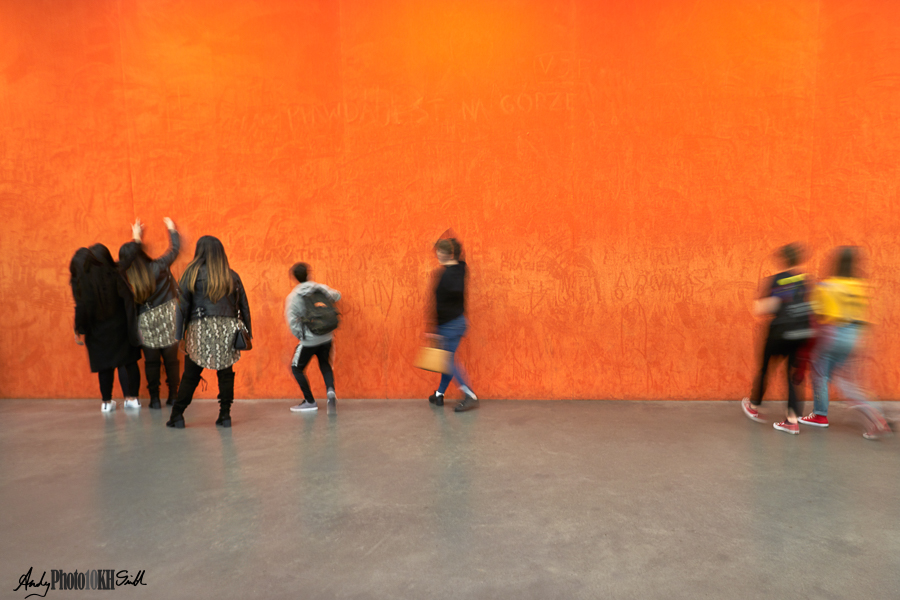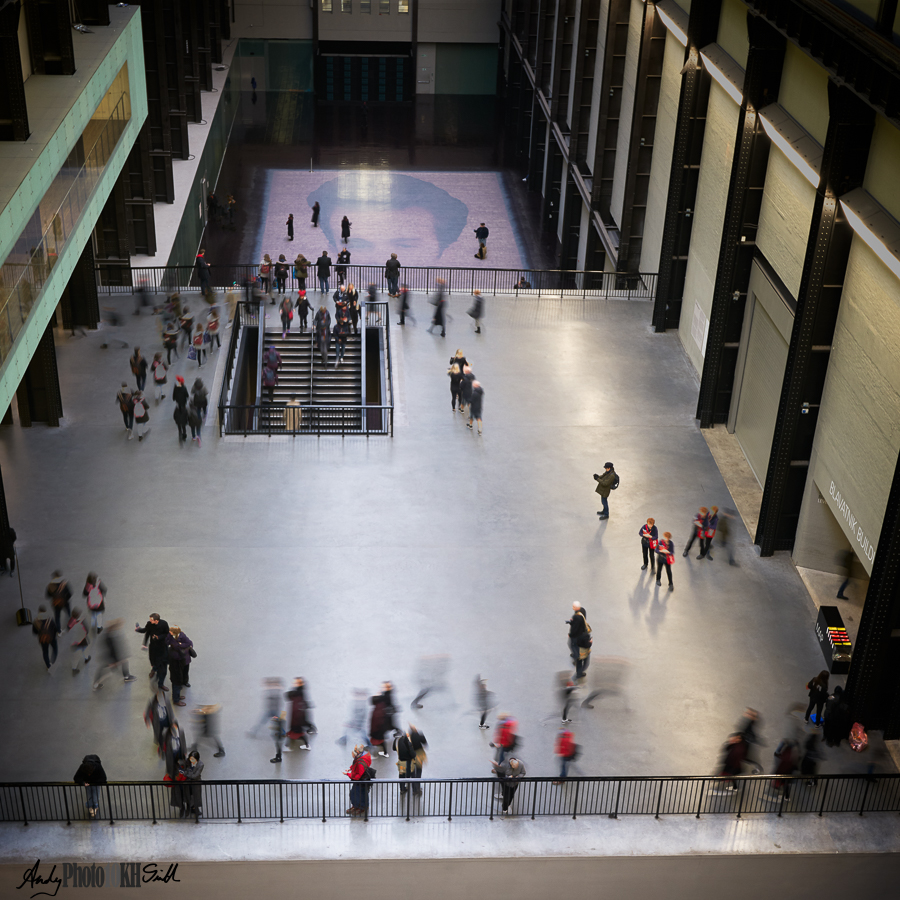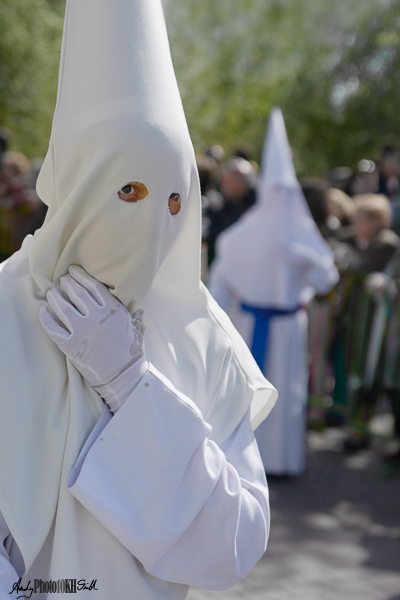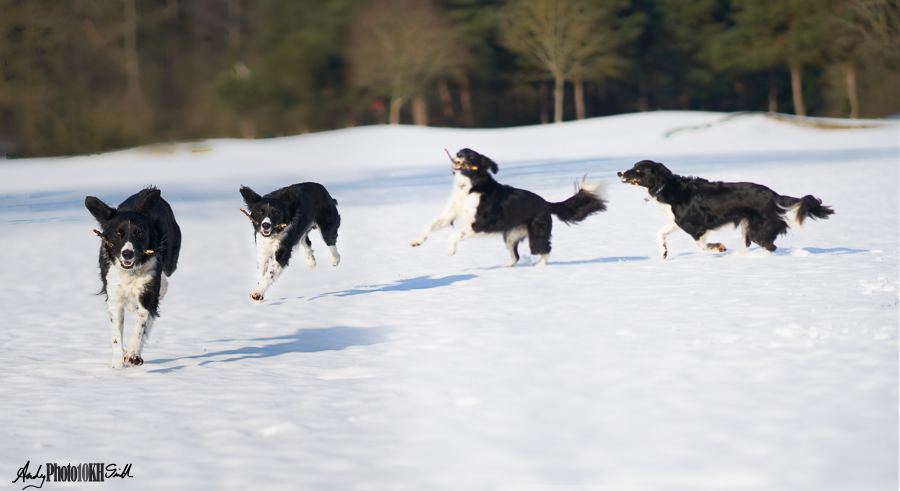February 2019 – Contribution to my 10,000 Hours Photography
Purpose of Journal
This Journal records the details of my day-to-day activity learning fine art photography through 10,000 hours deliberate practice. This particular page relates to activity carried out in February 2019.
Hour 1,802 to 1,926
28 February 2019
Hours 2,026 to 2,028
At Benllech Beach before dawn for half an hour’s shooting in the rain – then half an hour reviewing and processing those images back in the warm!
An hour visiting Glyn Davies’ Oriel Gallery by the Menai Bridge, then shooting by the bridge along the banks of the Strait.
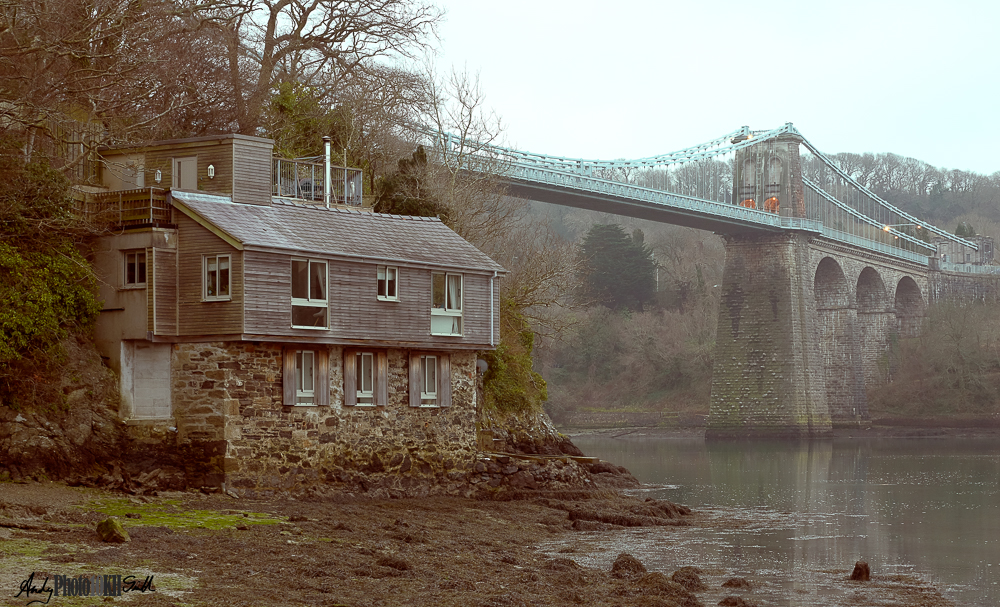
Further hour or so processing the day’s images.
27 February 2019
Hours 1,917 to 1,923
An hour shooting on Benllech Beach at daybreak. Primarily looking for slow shutter speed images of the see moving over the rocks. Created using my Lee Big Stopper (see My Kit).
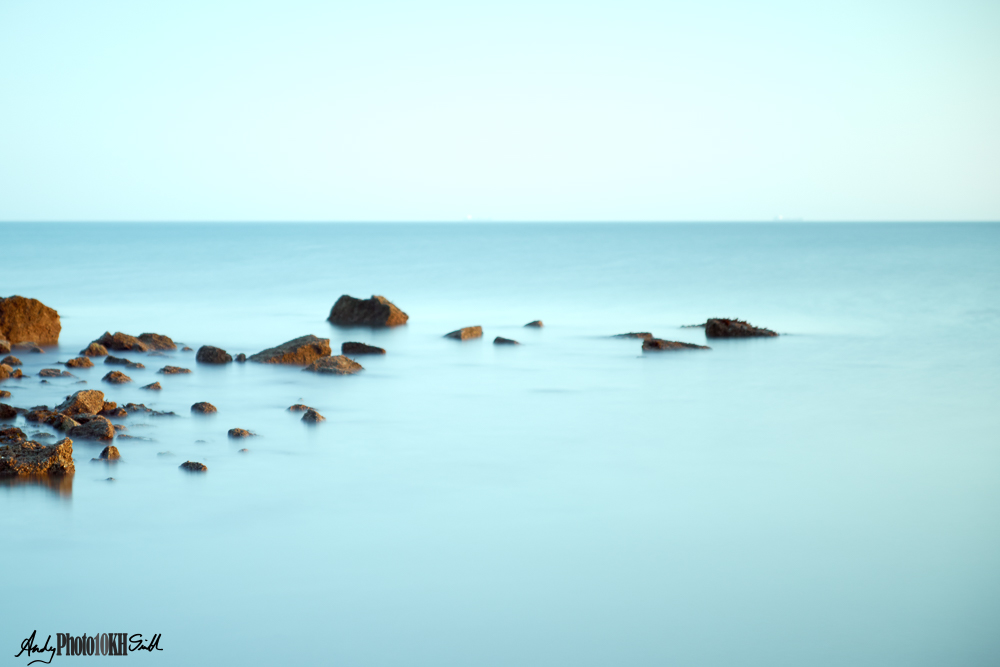
An hour loading images into Capture One, updating this journal, and reviewing the outstanding landscape from local photographer Glyn Davies see also “Glyn on TV“.
An hour and a half processing this morning’s images.
An hour shooting on Lligwy Beach, mainly dog photography; in very different styles as below.
| ….. |
An hour evening shoot in Beaumaris.
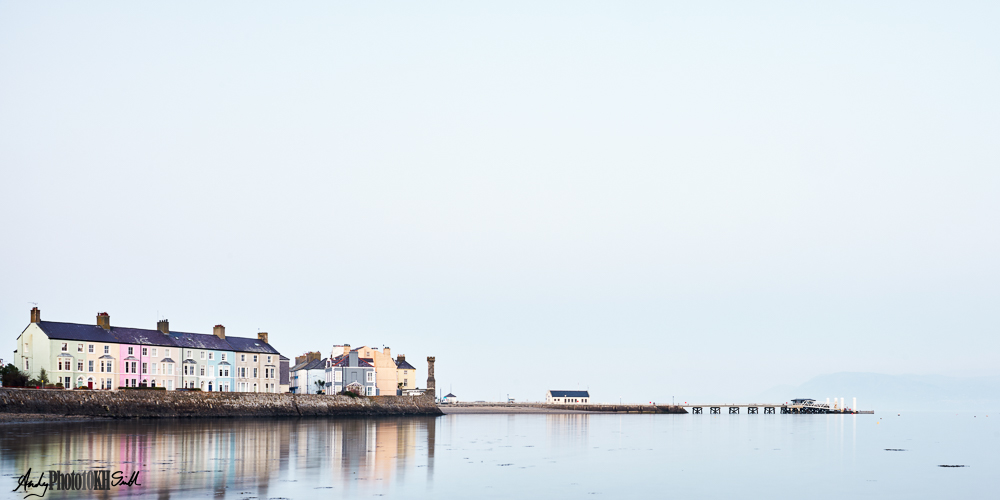
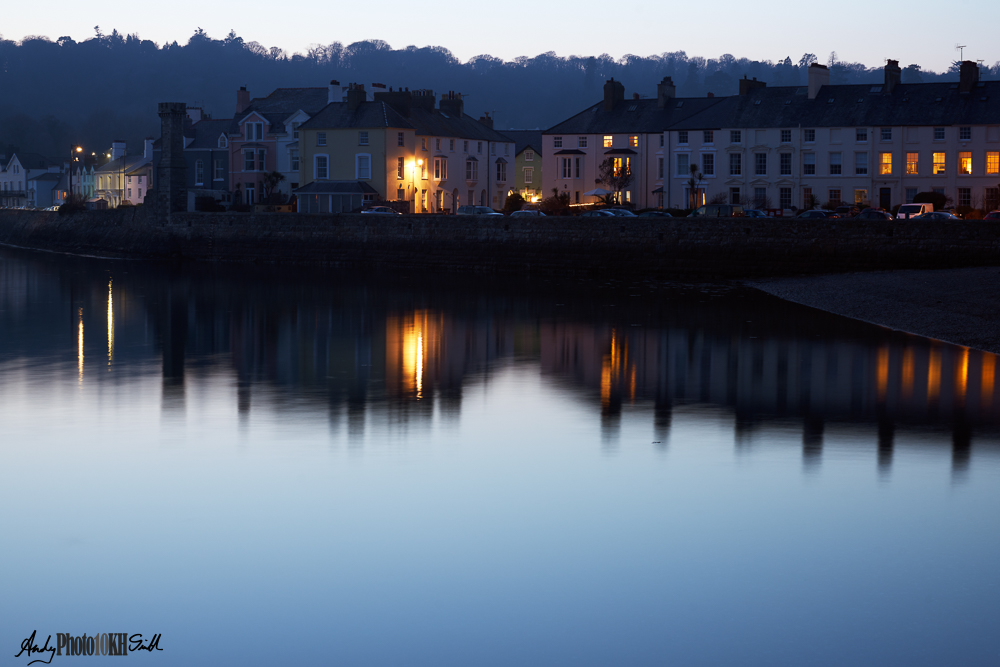
Two hours processing today’s images.
26 February 2019
Hours 1,915 to 1,916
Half an hour shooting at the Menai Marina Bangor, plus half an hour importing and processing those images, and updating this journal. An hour further culling and processing images from earlier in the week.
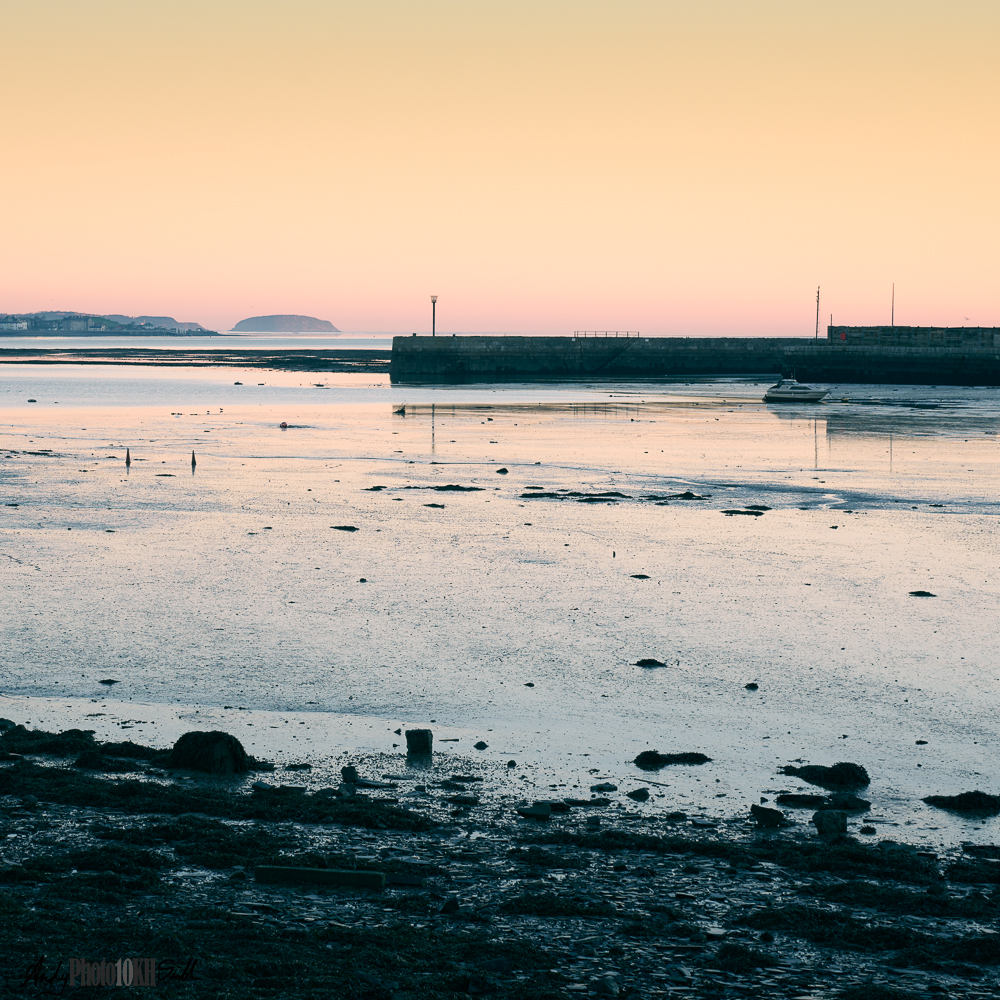
25 February 2019
Hours 1,910 to 1,914
An hour and a half shooting first on Beaumaris Beach then Benllech Beach, plus half an hour importing into Capture One.
| ….. |
An hour shooting in the afternoon on Newborough Beach.
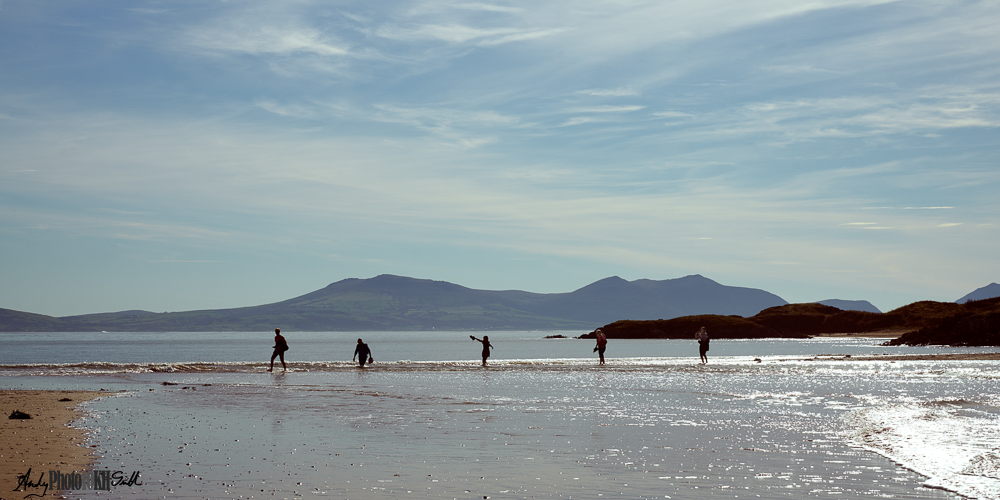
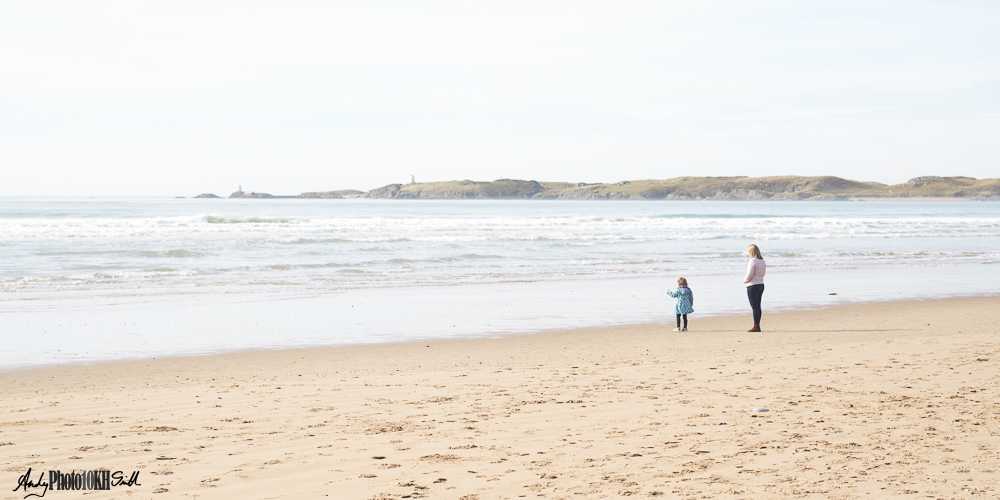
Two hours culling and processing in the evening, and updating this journal.
24 February 2019
Hours 1,905 to 1,909
An hour and a half shooting on Penmon Beach in Anglesey at daybreak – lovely misty morning. Half an hour importing 128 images into the Capture One session created yesterday.
An hour shooting on Benllech Beach, mainly dog images.
Two hours culling and processing images in the morning – from over 250 to 10.
23 February 2019
Hour 1,904
An hour updating this journal and working on the “Second Revision: Workflow at 2,0000 Hours” post.
22 February 2019
Hours 1,899 to 1,903
An hour reviewing and recording in this journal what I learnt at yesterday’s PIC meeting.
Four hours working on the “Second Revision: Workflow at 2,0000 Hours” post.
21 February 2019
Hours 1,895 to 1,898
An hour watching and following up on the TED talk “Are children really more creative than adults?” which asserts that creativity is often confused with divergent thinking but in fact requires both:
- Divergent Thinking: Exploration, Originality, Idea Generation, Risk Taking, Flexibility
- Convergent Thinking: Evaluation, Logic, Inhibitory Control, Persistence, Focus.
Children tend to be better at the former, adults the later. The potential for greatest creativity is in teams that involve both, i.e., both children and adults.
Jeff Cobb at Mission to Learn, states also that: “our capacity for learning is highly dependent upon what we believe is possible“. I love this guy’s attitude. The most ever watched TED talk of all time, Sir Ken Robinson’s “Do Schools Kill Creativity?” is also great.
[Most of the day spent preparing my LRPS Resubmission – lots of documentation and securely packing my prints in the standard Nomad black case forced into a slightly too small cardboard box for collection by MyHermes.]
Watched the first hour of documentary on “Richard Avedon Darkness and Light” which asserts very clearly that the image is created by the photographer rather than recording what is there.
Two hours at the Amersham Photographic Society’s PIC Group special meeting about post processing where Paul Mitchell and Steve Smith shared their workflows regarding landscape and monochrome street photography respectively.
Top tips and general workflow:
- General principle – get it as close to perfect in camera as this maximised the amount of detail captured
- Start with a vision of what you want to achieve
- Paul favours aspect ratios of 6×12 (landscape) and 4×3 (portrait) for woodland style images
- First recover highlights and adjust blacks in RAW file
- Adjust colour temperature
- increase the sense of recession using the dehaze (lightroom) set to a negative value and applied selectively to more distant areas using the radial mask on the adjustments tool
- Add vignette (Paul does this in Lightroom, I would do it in Photoshop using the Multiple blend mode on a stamped new layer and masking out the middle as I want – this gives me greater control).
- In Photoshop:
- Darken bright spots where the sky comes in through the trees by adding a new layer (blend mode darken) and carefully cloning at 85% opacity from bland areas in the image, regularly resampling
- Dodge/ burn by painting onto a new layer of 50% grey, blend mode overlay, with a brush white/ black at 2% opacity
- Selectively enhance saturation by using the sponge tool, again new layer, set to saturate at 8% opacity
- Beach huts image:
- Add motion blur to the sky to enhance the long exposure
- Remove the horizon
- Mask beach huts using the pen tool for selection
- Sharpen using a combination of Smart Sharpen and Unsharp Mask (adds edge sharpening without the halo effect).
- Define Actions for regularly used tasks.
- Steve’s monochromes produced entirely in Photoshop using two Channel Mixer layers:
- Top layer just sets everything to monochrome without any adjustments
- Lower layer has the channels adding up to more than 100 to add contrast, and is masked to apply only to areas where this is required
- The subject of the image is selected out so that they have greater contrast and pop from the image
- It is asserted that the channel mixer technique is less destructive to image quality than the Levels or Curves adjustment layers where the histogram often shows white lines caused by missing information in a severely altered image.
20 February 2019
An hour shooting at Langley Park, occasional gap in the clouds producing some dramatic lighting; plus half an hour processing the image to the right.
Half an hour revisiting the portrait retouching techniques used by Sean Tucker on the 18th July 2018, with a view to potentially using these on the Flower Girl image.
An hour working on the Flower Girl image, in particular lightening her face and the arm of the bride so that they stand out from the background more significantly.
Entered 5 portraits in the LensCulture Portrait Awards 2019.
An hour working on the Southward Road with ICM image, below shot a week ago.
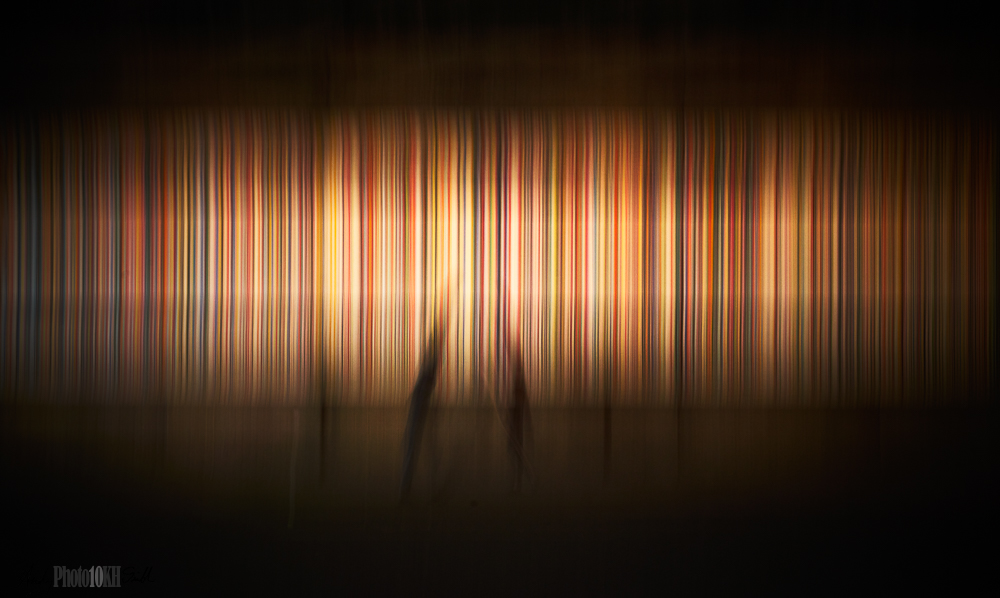
19 February 2019
Hours 1,887 to 1,889
One hour creating alternative versions of the Flower Girl image submitted for yesterday’s competition at Amersham; potential replacement for the Penitent in the LRPS panel.
Two hours at the Stoke Poges Photography Club – Print Competition: “Weather/ Clouds”.
18 February 2019
Hours 1,881 to 1,886
Two hours updating this journal with images from the previous days.
An hour YouTubes:
- Ted Forbes: Art of Photography photo books he’s been sent
- Sean Tucker – tip white borders on Instagram posts – Whitagram app
- Rirkrit Tiravanija – a winner of the Hugo Boss prize for contemporary art, Tiravanija stretches the definition of what art is. Most famously converting art galleries into kitchens where he serves Pad Thai, thus involving the audience is the artwork, as they eat the food.
Two hours at the Amersham Photographic Society – Print Competition – my images were just not to the judge’s taste.
An hour writing up this journal and another half watching the Bloomberg YouTube: “Ai Weiwei: Artist and Human Rights Champion“.
17 February 2019
Hours 1,876 to 1,880
An hour culling and processing images shot in York yesterday, rejecting all but the one shown for yesterday’s journal entry below, and more positively processing other images shot earlier in the week.
Three hours working in Photoshop, mainly on the composites shot at the Tate Modern such as the image below:
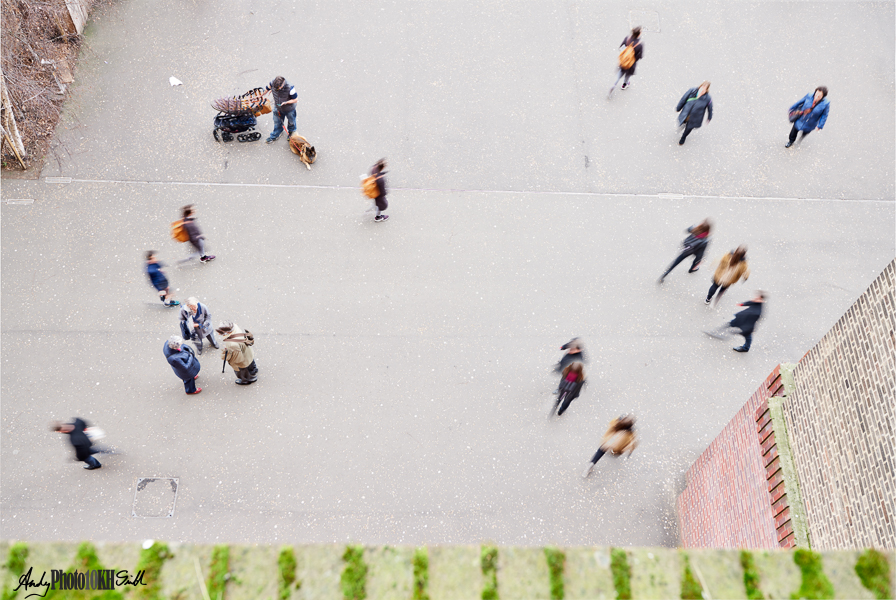
One hour updating this journal.
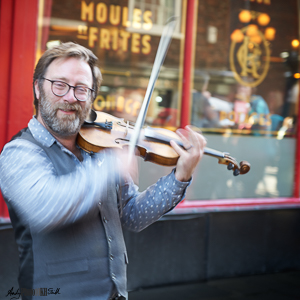
16 February 2019
Hour 1,874 to 1,875
An hour shooting in York City centre and uploading to Capture One Pro, plus an hour updating this journal.
“York has a better class of street musician.” He was indeed very good musically and contributed to the positive mood in the area. However, my giving him a couple of quid had nothing to do with that; I was buying time with him as a portrait model, and he seemed happy to pose for me for ten/ twenty shots over about five minutes. Good for both of us.
I was pleased with the image right: contextual but uncluttered framing, separation between subject and background, and generally sharp with movement in the bow arm and fingers.
15 February 2019
Hour 1,873
An hour updating the “Top 100 Photographers of All Time” post and the associated Pinterest site.
14 February 2019
Hour 1,872
An hour loading yesterday’s images into Capture One Pro and start the culling process.
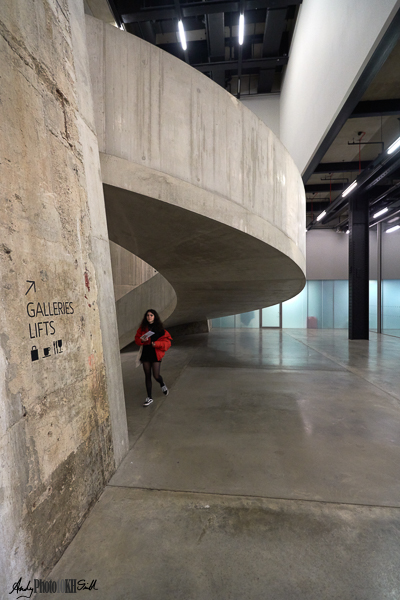 |
….. | 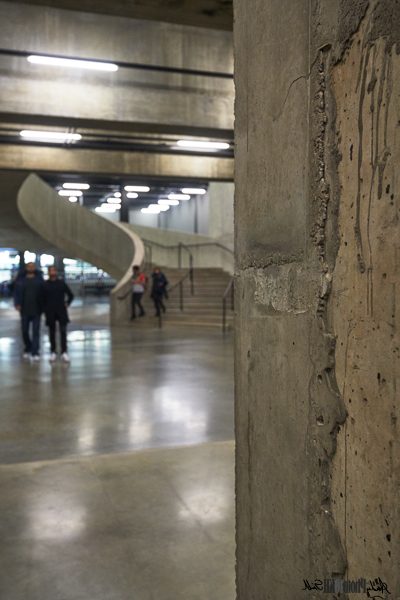 |
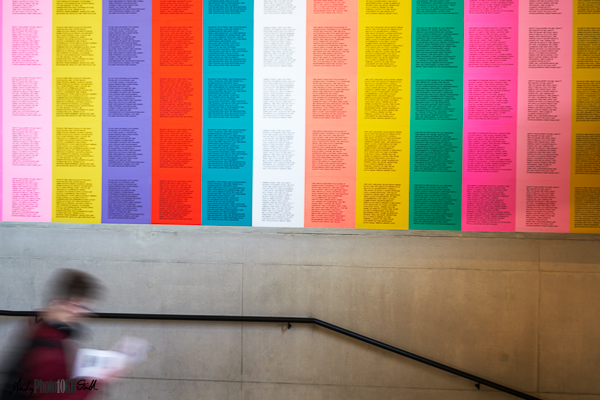 |
||
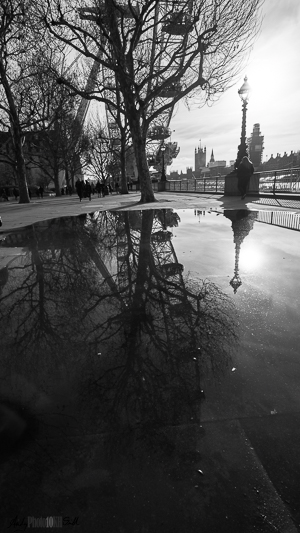
13 February 2019
Hours 1,866 to 1,871
An hour street photography from Borough Market, the South Bank and the Tate Modern. Particularly hopeful about some potential time-lapse composites shot in the Turbine Hall of the Tate.
An hour at the Pierre Bonnard exhibition at the Tate Modern. The title “The Colour of Memory” relates to Bonnard’s practice of painting from memory in his study, only referencing sketches he may have quickly made earlier when actually viewing the scene to be depicted. He was a contemporary of Claude Monet and the two artists shared ideas about painting including the use of strong colours. One recurring theme of Bonnard’s work is the combining of the inside and outside with equal emphasis, e.g., his studio, and the landscape beyond the window. It is asserted that the interior relates to the painter’s view of himself and the outside, to the environment in which he finds himself.
An hour’s street photography on the South Bank
An hour visiting the Diane Arbus exhibition at the Heywood Gallery which coincidentally also had Kader Attia exhibiting who I had first discovered on the 7th February earlier this month. The Arbus exhibition consists on a large number of small prints, probably 6×8″; a few larger print of well known works, including the “Boy with the Toy Hand Grenade in Central Park“; and a room devoted to her “Portfolio of 10”, a rare publication of well know works, only a few were sold, but Richard Avedon bought two copies..
An hour and a half visiting the Don McCullin exhibition at Tate Britain; followed by another half hour visiting the Henry Moore and “60 years of British Art” in the general area of the museum. Many of McCullin’s most famous war and gritty urban images were presented along with some of his more recent landscape (which I was less impressed with).
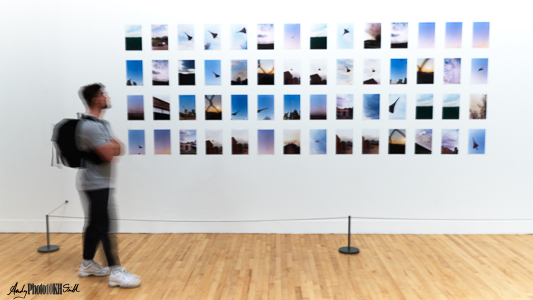
12 February 2019
Hours 1,862 to 1,865
Two hours colour toning the following image and trying to manage the bright spots in the background.
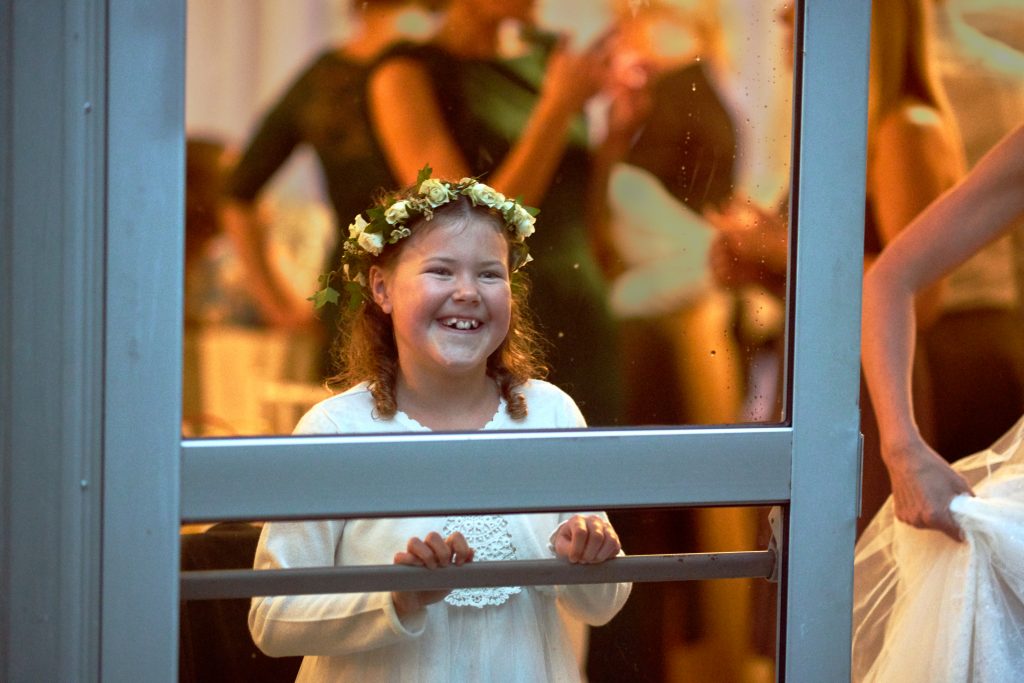
Much time preparing a model release form for the above – however this is time that doesn’t count towards this project.
Two hours at the Stoke Poges Photography Club – Workshop shooting glass objects, much use of light tents.
11 February 2019
Hours 1,857 to 1,861
An hour processing (mainly colour toning) the following image for next weeks “weather/ clouds” competition at the Stoke Poges Photographic Club.
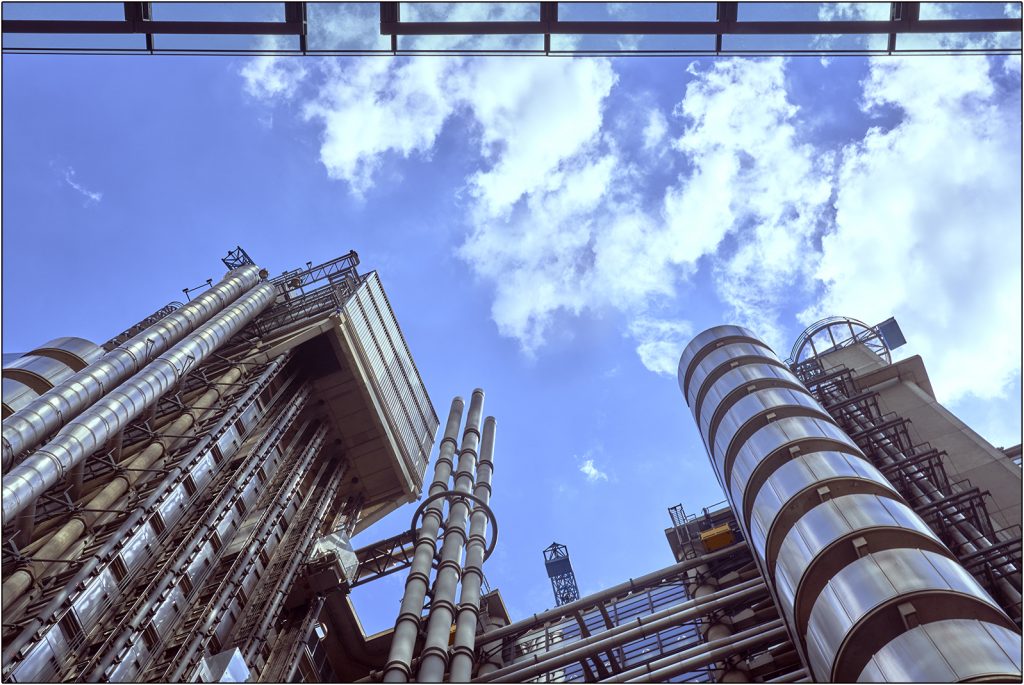
Then an hour processing other images for next weeks competition together with the revised LRPS submission images, and taking to GS Photos for printing.
An hour watching the following Brilliant Ideas YouTubes:
- “How Richard Mosse Documents Life in Photography”
- alternative film, developed for military use, which turns greens into pinks and highlights
- long range heat sensitive cameras to document the refugee crisis in Greece
- occasionally criticised, like Sebastian Salgado, for aestheticising crisis situations
- “The Enchanting Landscapes of Takahiro Iwasaki”
- best known for his miniature landscapes made from found materials.
Two hours at the Amersham Photographic Society – Members’ Evening: AV special, Best was by xxxx who showed her #InMyKitchen365 series, much in the style of Sally Mann.
10 February 2019
Hours 1,853 to 1,856
An hour working on designing a workflow that will support the requirements of FIAP for RAW files. First started thinking about this on the 7th January. General Regulations 1.3 of the FIAP Book states:
- “Participants must store and preserve intact, with no alterations, the metadata, the RAW file(s) or the original untouched JPEG file(s) of the submitted images (and those take immediately before and after the submitted image(s)) for possible future motivated inspection, with no expiry, prescription or limitation of FIAP actions.”
- Implication of the above is that for all potential submissions need to be stored in a Lightroom Collection together the the associated RAW files.
Another two hours creating the above required Collection and starting to populate it with as many of the appropriate RAW files as I can find.
An hours light relief from the above watching YouTubes:
- “Sculptor Tony Cragg’s Return Home” Cragg is British born but currently living in Germany; makes monumental semi-abstract sculptures that often show profiles of a face when viewed from a particular angle. Exhibition in Wakefield Sculpture Park.
- Art of Photography: “Minimalism“. Ted is off to Marfa, Texas, to shoot some personal work at the Donald Judd Foundation.
- “Cornelia Parker is an internationally acclaimed sculptor and installation artist” many works including the poppy paper installation.
9 February 2019
Hours 1,851 to 1,852
An hour updating this journal, including adding in and linking with social media sites many of the images shot recently.
An hour working on the following composite; the area around the steps in the top left of the image, darken blend mode didn’t automatically provide the best solution as the darker steps dominate the lighter colours of the people moving in front of them.
8 February 2019
Hours 1,844 to 1,850
Two hours working on updating a couple of old images which could be potentials for inclusion in a FIAP or PAGB competition after having done reasonably well at the SPPC but are in come cases flawed.
An hour and a half watching the Capture One Pro webinar “Catalogues and Sessions” and “What’s new in version 12“, and considering the opportunities for my workflow:
- Sessions are good for tethered shooting or small projects. The can easily be exported to a harddisk all in one go and then re imported into a catalogue on a main computer. Therefore, I should be using these exclusively on my laptop.
- Catalogues provide better tools for long term storage of files and can import sessions. Maybe I use this for the storage of raw files? Or perhaps it’s easiest to keep everything together in Lightroom?
(Small improvements to layer masking in version 12: luminosity mask and radial mask.)
Half an hour watching the YouTube: “Michelangelo Pistoletto’s Ground-breaking Art” about his Blenheim Palace exhibition a year or so ago and the work he is most famous for:
- Mirror paintings
- The Third Paradise symbol (extended infinity, with a larger loop in the middle of the other two)
- Big newspaper ball.
Half an hour watching the Bloomberg YouTube: “Kader Attia: Artist and Activist”
A further hour working on some of the Peru Galapagos images and updating this journal.
An hour watching the BBC documentary about “Don McCullin: Looking for England” where at the age of 83, 60 years after the height of his war photography, he is shooting landscapes and pastoral scenes.
7 February 2019
Hours 1,839 to 1,843
An hour creating the following image as a potential competition entrant. Needed a bit of tonal work to bring out the detail in the tree and fence, using curves. Was converted to mono in Capture One Pro.
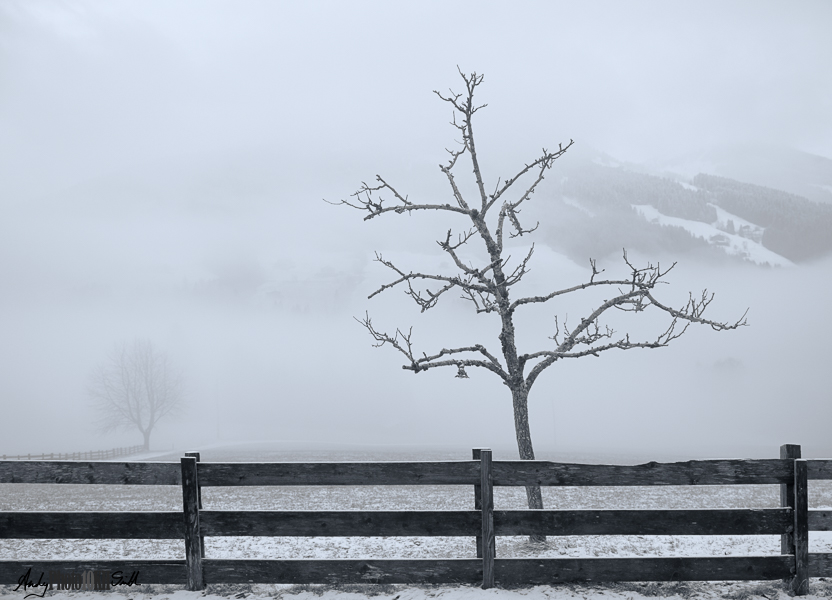
Two hours looking for potential competition entries from the Galapagos (shot before the start of this project). Working on some of the images below.
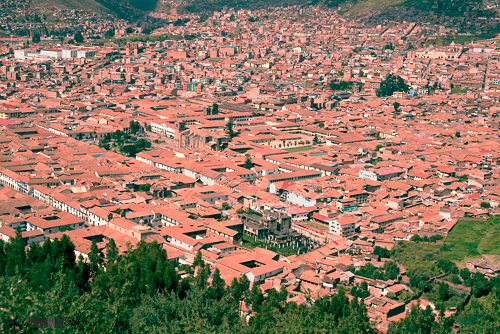 |
….. | 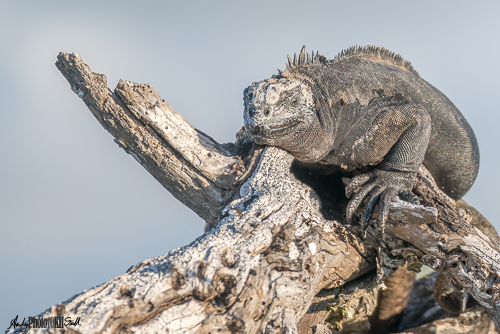 |
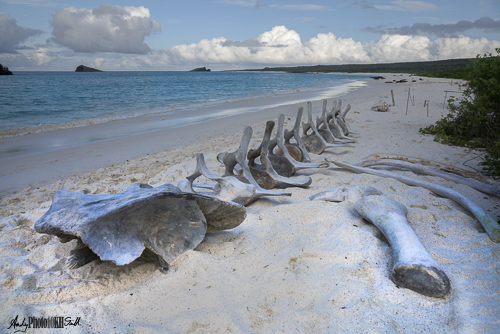 |
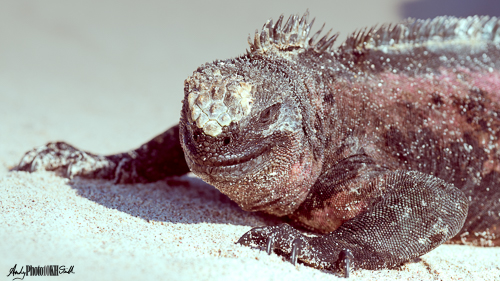 |
An hour watching FStoppers Critique the Community: “Winter Images” where the presenters rate images, in this case that are somehow winter themed, according to the following stars:
- Snapshot – discard
- Some potential, needs work
- Good solid portfolio image for a professional photographer
- Excellent
- World Class.
An hour watching art YouTubes including: “Wilhelm Sasnal and the Power of Image“.
6 February 2019
Hours 1,834 to 1,838
An hour updating this journal with the results from yesterday; skys and SPC panning images.
An hour creating a the following candidate image for my LRPS panel as a replacement for the original penitents. I think this one better matches the portrait, of Nick the author (replacing Chloe the bride), on the other side.
Two and a half hours watching the following YouTubes:
- Henry Moore
- Antony Gormley: “The body as a found object.”
- The art of photography: “Weekly Inspiration“
- Capture One Pro: “Kristina Varaksina” Colour toning particularly skin toning using the colour editor.
Half an hour updating this journal.
5 February 2019
Hours 1,824 to 1,833
Out at 6am shooting the first in the series of February Sky shots – will take an hour and a half in total.
Half an hour updating this journal to prepare for today’s shots below and further thoughts on what David Gibson said at yesterday’s talk.
| West | ….. | North | ….. | East | ….. | South |
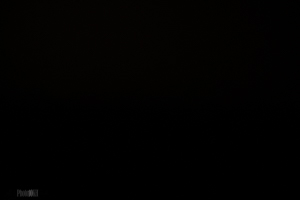 |
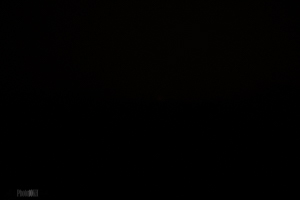 |
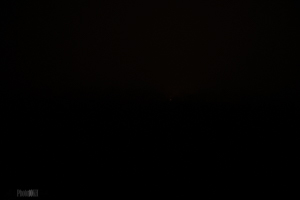 |
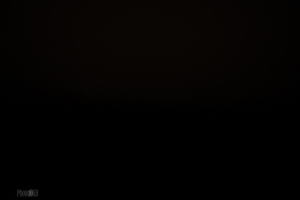 |
|||
| 6am 16mm f/9 | 6am 16mm f/9 | 6am 16mm f/9 | 6am 16mm f/9 | |||
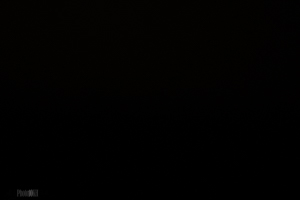 |
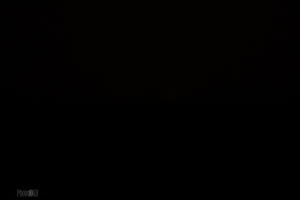 |
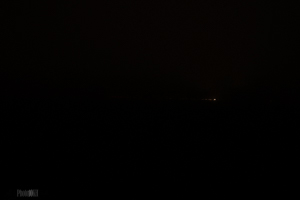 |
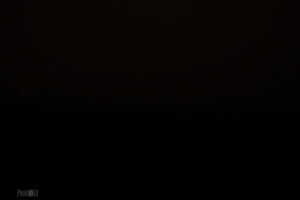 |
|||
| 6am 35mm f/9 | 6am 35mm f/9 | 6am 35mm f/9 | 6am 35mm f/9 | |||
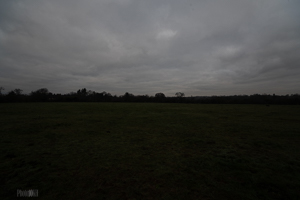 |
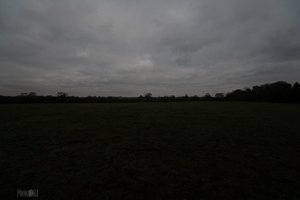 |
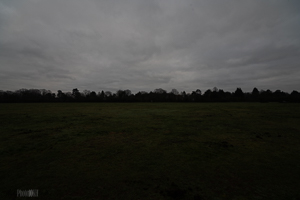 |
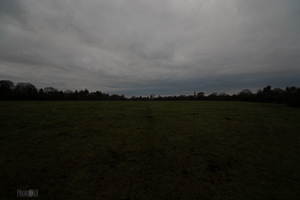 |
|||
| 9am 16mm f/9 | 9am 16mm f/9 | 9am 16mm f/9 | 9am 16mm f/9 | |||
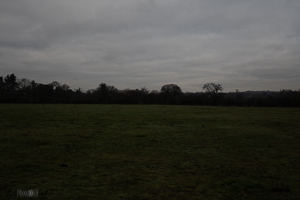 |
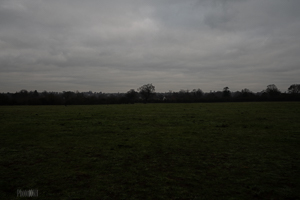 |
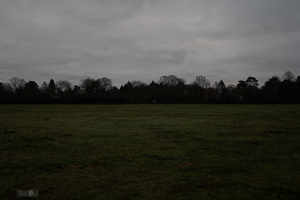 |
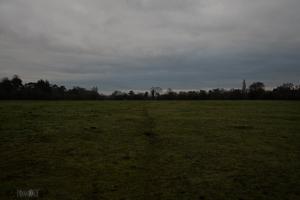 |
|||
| 9am 35mm f/9 | 9am 35mm f/9 | 9am 35mm f/9 | 9am 35mm f/9 | |||
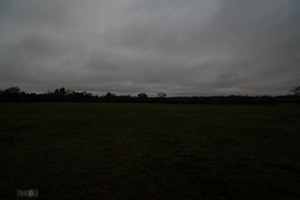 |
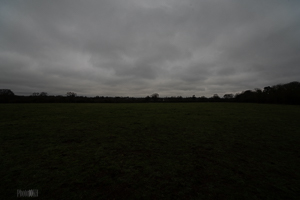 |
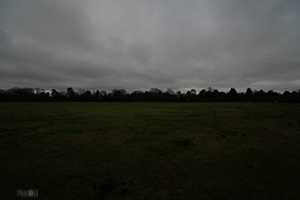 |
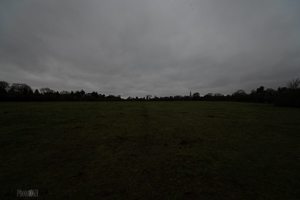 |
|||
| 12noon 16mm f/9 | 12noon 16mm f/9 | 12noon 16mm f/9 | 12noon 16mm f/9 | |||
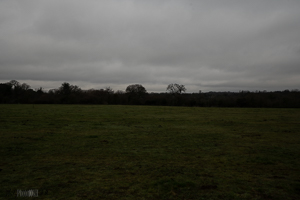 |
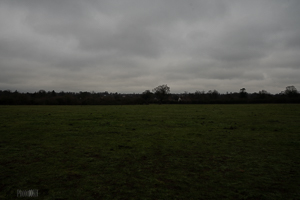 |
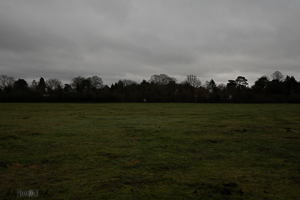 |
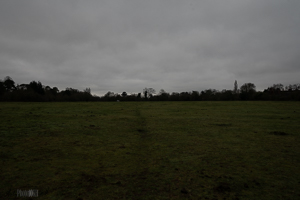 |
|||
| 12noon 35mm f/9 | 12noon 35mm f/9 | 12noon 35mm f/9 | 12noon 35mm f/9 | |||
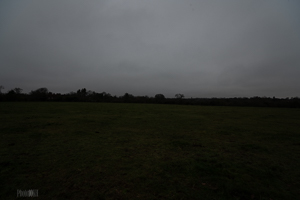 |
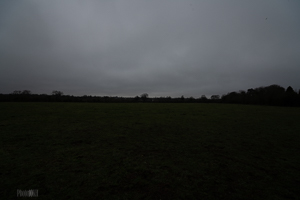 |
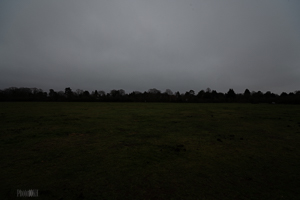 |
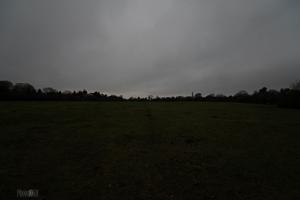 |
|||
| 3pm 16mm f/9 | 3pm 16mm f/9 | 3pm 16mm f/9 | 3pm 16mm f/9 | |||
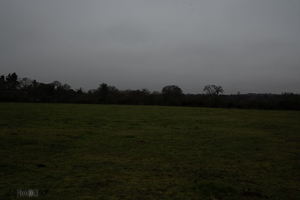 |
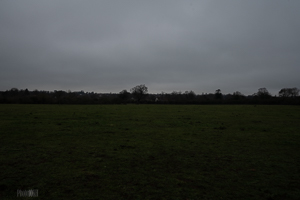 |
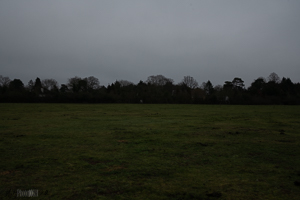 |
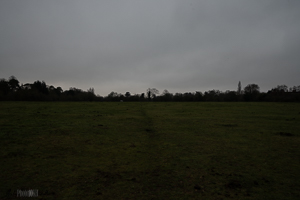 |
|||
| 3pm 35mm f/9 | 3pm 35mm f/9 | 3pm 35mm f/9 | 3pm 35mm f/9 | |||
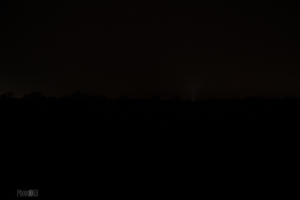 |
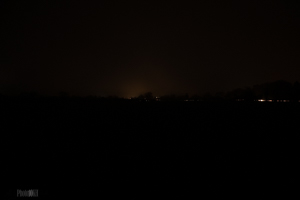 |
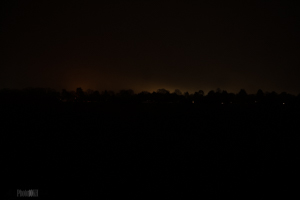 |
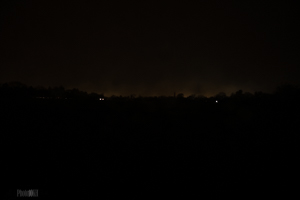 |
|||
| 6pm 16mm f/9 | 6pm 16mm f/9 | 6pm 16mm f/9 | 6pm 16mm f/9 | |||
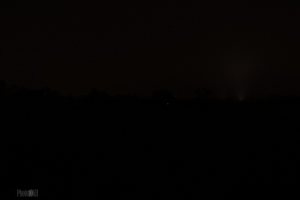 |
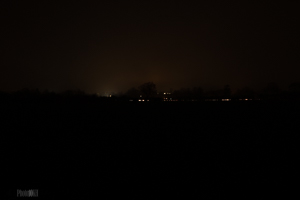 |
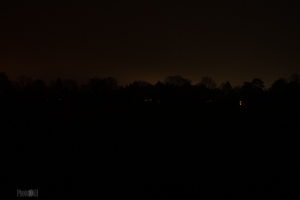 |
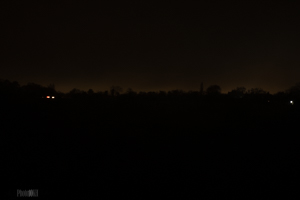 |
|||
| 6pm 35mm f/9 | 6pm 35mm f/9 | 6pm 35mm f/9 | 6pm 35mm f/9 |
An hour updating the “Top 100 Photographers of all Time” post; finished 100th entry.
Two hours finishing and publishing the “New Month WordPress Journal Workflow” post.
A further hour updating and then publishing the “Top 100 Photographers of all Time” post.
Two hours curating my four and five star images in line with my “Revised Post-Processing Workflow“, including editing a few potential 4/5 star images such as the Penitent image below which works much better as a square format.
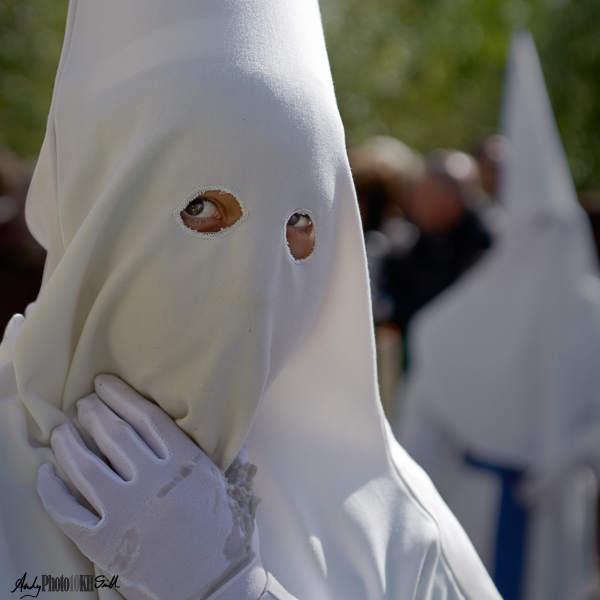
Two hours at the Stoke Poges Photographic Club: Panning Workshop.
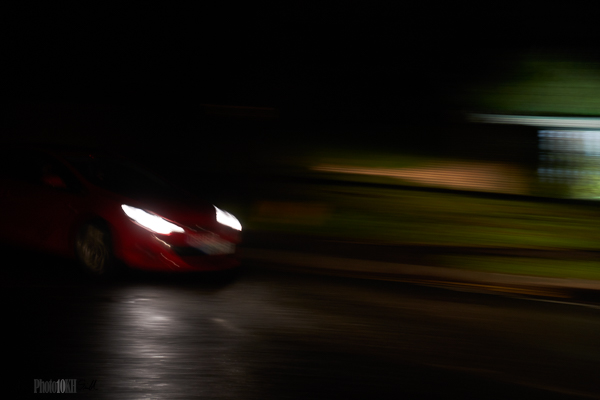
4 February 2019
Hours 1,816 to 1,823
Two hours working with the following ICM snowscapes. Process:
- Cloning out lens spots
- add an extreme curves layer so that the spots become very much more visible
- add new blank layer between the Background and Curves
- Clone with 50% opacity stroking either side of the spot and from both sides, i.e., up and down
- remove curves layer
[Note to self: clean the lens and shoot with a narrower depth of focus, it’s much easier than removing spots later.]
- Rotating 180 degrees so that the heaviest part was at the bottom of the image
- Converting to B&W; initially Green filter looked best but adjusted from there to achieve a sense of balance without any overtly dominant area of the image.
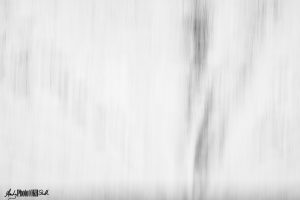 |
….. | 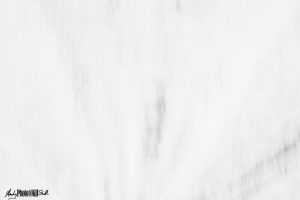 |
An hour updating this journal.
An hour watching the following YouTubes:
- Sean Tucker: “Creating Mood and Mystery in your Street Photography (feat. Joshua K Jackson)“. Both Sean and Joshua are huge heros of mine. Joshua’s images feature bold colours, particularly reds, but usually show the subject of the image at least partially obscured. So the viewer needs to work a little harder to understand what is going on.
Joshua points to the marketing concept of the Curiosity Gap which, in it’s worst form underlies ClickBait, ensures that audiences read or views an article or advert. The morality behind this is merely whether one is truthful in the process, i.e., piquing an existing or potential interest, or intentionally misleading and therefore stealing people’s time.
In the context of an image, a level of abstraction requires the viewer to work harder to understand what they’re seeing, look at it for longer and hopefully gain more from it.
See the academic article “The Psychology of Curiosity: a Review and Reinterpretation” by George Loewenstein of Carnegie Mellon University.
Joshua also works really hard; he revisits the same sites frequently and really knows London and how it behaves, particularly at night. - Trevor Paglen Interview: “The Meaning of an Image“. Images don’t have inherent meaning, they are more the meeting point between the artist and the viewer. It is incredibly difficult for the artist to control how the viewer will interpret the image. Struck a chord with
- John Free: “Color Photography and Automotive History Restoring Million Dollar Automobiles“, john discussed how to make abstract images of car by just getting close. So close that the thing being photographed isn’t immediately obvious. Interestingly, again an example of the Curiosity Gap.
An hour reading about the Curiosity Gap and pondering how it applies to photography.
An hour working on dog composite images from the 2nd.
Two hours at the Amersham Photographic Society: Speaker – David Gibson, founder member of iNPUBLIC and one of the UK’s top Street Photographers for c. 30 years. Many insights/ characteristics of his work including:
- clean, uncluttered images with strong geometry
- finds a location first and will wait up to 5 minutes for someone to walk into it (John Free concentrates on observing the crowd thinking in poker terms, e.g., two of a kind, to anticipate how the scene is evolving. Similarly, David Hurn talks about predicting what is happening in the context of the geometry of the shot).
- rarely includes peoples’ heads – increases a sense of intrigue – also heads attract the eye and can unbalance an image
- not shy about including odd body parts (rest of the person is out of shot)
- often looks for higher vantage points so that he can shoot directly down
- shoots though fences or dirty glass to achieve a semi-abstract effect
- big user of shadows and reflections
- most shots are sharp front to back. However, about a third of his later images use intentional camera movement.
3 February 2019
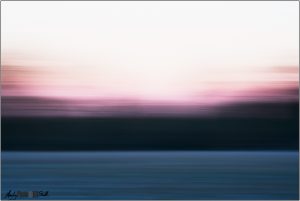
Hours 1,813 to 1,815
Two hours:
- Shooting first thing in Gray’s Field
- Visiting the Klimpt/ Schiele “Drawings from the Albertina Museum, Vienna” exhibition at the Royal Academy.
In general the drawings, from both artists, were remarkable in their simplicity; bodies usually shown as outlines only, and expressive through this abstract minimalism.
In terms of their commissioned portrait work, the 28 years older Klimpt was more commercially successful and emphasised the inherent beauty of the sitter. Whereas Schiele was a bit more edgy and revealed more of their attitude. - Photograhers’ Gallery:
- Roman Vishniac Rediscovered
- All I Know is What’s on the Internet
(Both exhibitions were previously visited and written up on 6th December 2018).
An hour writing up and processing images from today.
2 February 2019
Hours 1,808 to 1,1812
Another beautiful snowy morning, so first hour out shooting with dog across Hastings Meadow and South Buck Golf Course – 327 exposures mainly of dog running in snow.
Two hours processing this morning’s images. First cull to 43 images, including a majority which are intended for creation of composites.
Further two hours creating the first few composites in Photoshop CC.
1 February 2019
Hours 1,802 to 1,807
Lots of snow overnight so landscape looking white and beautiful.
An hour shooting at Stoke Park Club
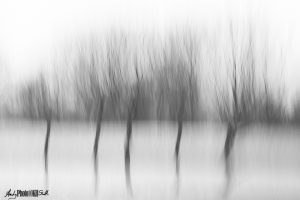 |
….. | 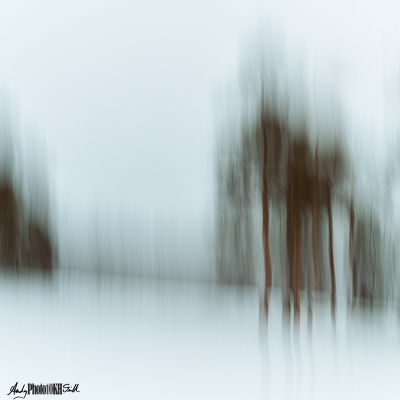 |
….. | 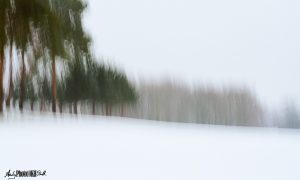 |
An hour updating this journal including all the new month additions.
Two hours processing the above images.
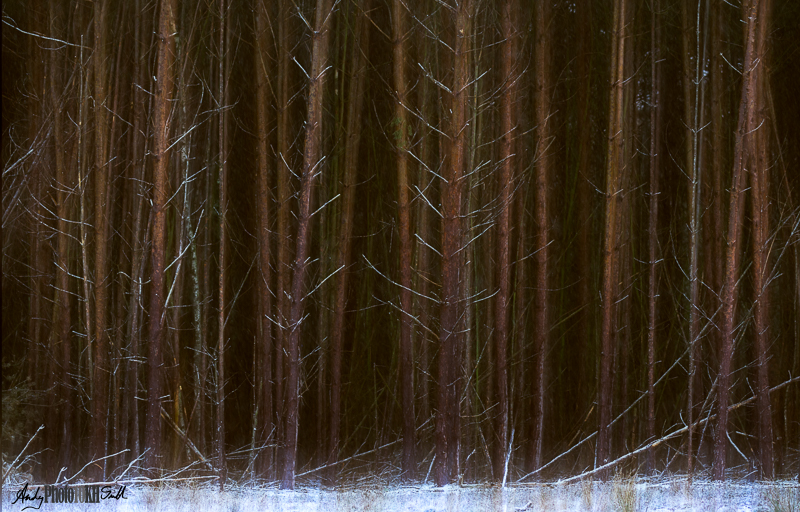
An hour shooting at Stoke Common followed by another hour processing those images.
